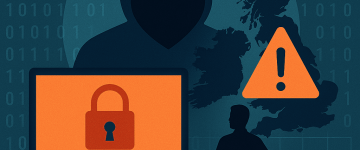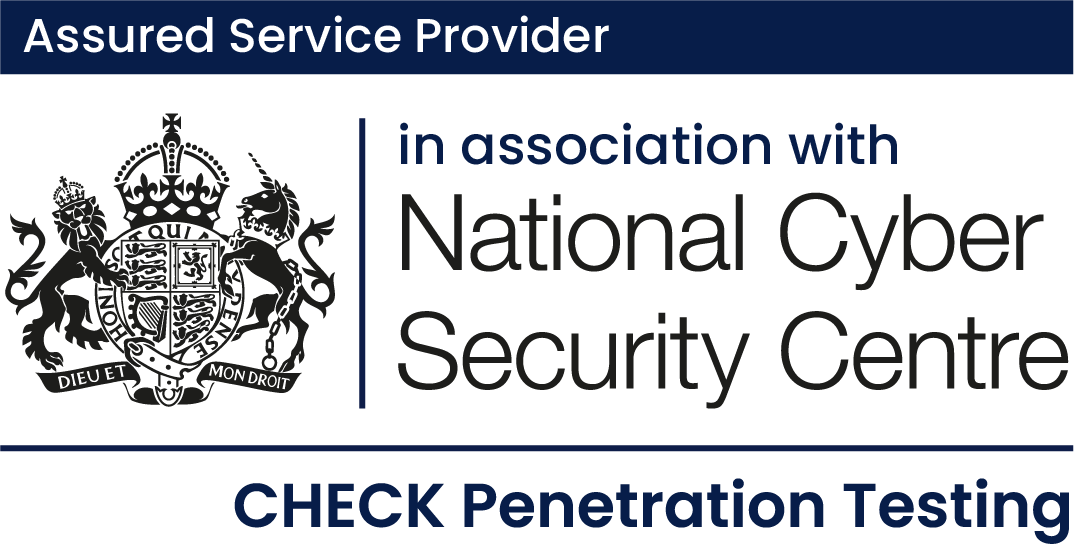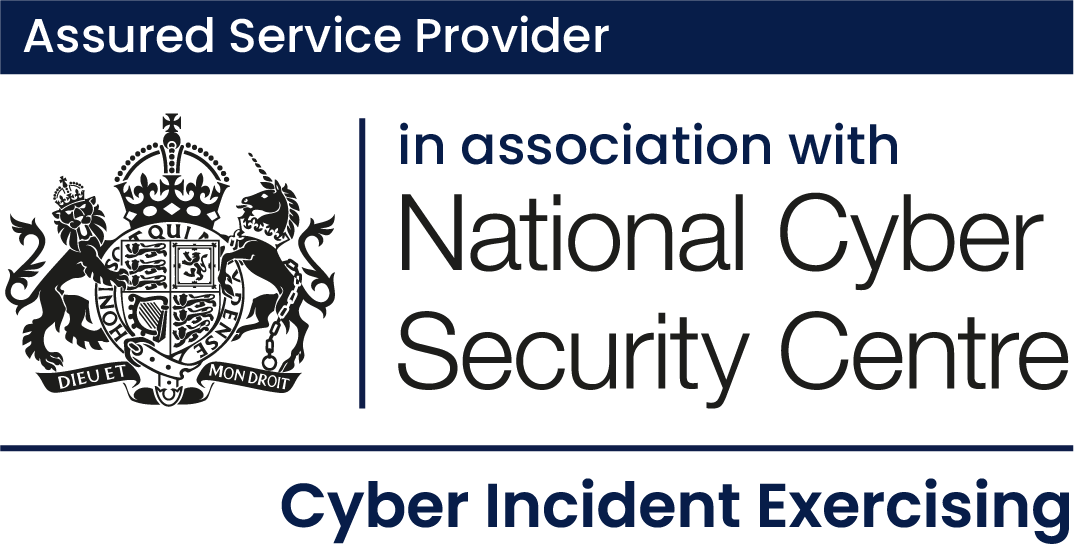Compliance is not enough
Across the UK, organisations continue to invest heavily in compliance. ISO 27001 certification, NCSC alignment and annual penetration tests all play an important role. But compliance alone does not guarantee readiness.
Compliance demonstrates that controls are in place. Resilience proves they actually work under pressure.
Recent incidents have shown that even businesses with mature compliance programmes can struggle when a real attack occurs. Attackers do not follow audit cycles, and when a breach happens, the difference between a controlled event and a public crisis depends on how quickly teams can detect, decide and recover!
From checklists to capability
Security frameworks provide structure, but true resilience requires capability. And truly? That is the ability to maintain operations even when systems are disrupted.
For most boards, this means shifting focus from what controls do we have? To…
How well do our security controls perform when stress-tested?
Here’s four principles that define a resilient security posture:
- Preparedness, not paperwork
Plans are only effective if they are tested. Incident response procedures must be exercised regularly, not left untouched until they are urgently needed. - Speed of decision-making
The first hour of an incident is critical. Clear roles, defined authority and direct communication routes make the difference between order and confusion. - Visibility and context
Real-time awareness of vulnerabilities, configuration changes and active threats enables faster and more confident decision-making. - Learning and adaptation
Each exercise or incident should result in tangible and measurable improvement. Resilience grows through reflection, not repetition.
The board’s role in resilience? It’s strategic!
Cyber resilience is now a strategic issue, not a purely technical one. Boards must treat it as part of core business continuity and governance.
Key priorities include:
- Defining clear risk levels and understanding the level of disruption the business can realistically absorb should something go wrong. And then testing that!
- Ensuring regular reporting on current security posture, rather than relying only on audit findings. Test regularly!
- Investing in training, exercises and continuous improvement, not just compliance renewals. Be proactive, not reactive!
A resilient organisation aligns its technical response with decisive leadership. Executives should understand who leads during a crisis, how escalation works, and what information is required to make confident decisions.
Turning resilience into measurable progress
Frameworks such as NIST CSF 2.0 and the UK Government’s Cyber Assessment Framework offer solid foundations. The real challenge is making resilience measurable, repeatable and visible.
Prism Infosec’s approach brings together continuous testing, incident simulation and live tracking through Luxis AI. This gives organisations the ability to:
- Monitor vulnerabilities and remediation progress in real time.
- Identify recurring weaknesses across multiple engagements.
- Track measurable improvement in security maturity over time.
This turns resilience from a policy into a continuous practice supported by evidence, expertise and engagement.
Why it matters now?
The threat landscape is evolving faster than ever. Static defences and once-a-year assessments are no longer sufficient. Attackers adapt quickly, and reputational damage from a single breach can outweigh years of investment in compliance.
Resilience ensures that when an incident happens, your organisation can detect it early, communicate clearly and recover with confidence.
Build lasting resilience with Prism Infosec.
Our consultants here at Prism Infosec combine deep technical expertise with real-world incident response experience to strengthen your defences where it matters most. Through targeted Red Team testing, cyber incident exercises and quickly available reports via Luxis AI, we help you move beyond compliance and build the confidence to operate securely in an unpredictable world.
















